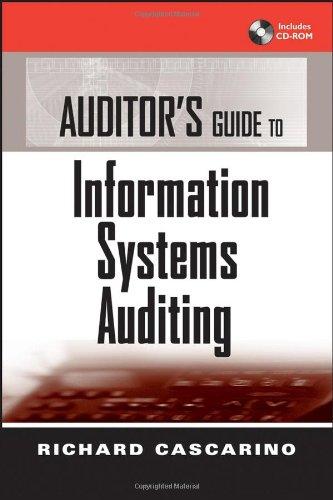ASS 1. Osawa's 2014 operating income using absorption costing is (a) $440,000, (b) $200,000, ic) $800,000, id $340,000, or le) none of these. Show supporting calculations. Osawa's 2014 operating ncome using variable costing is (a) S800,000 $600,000, or le) none of these. Show supporting calculations } $440,000, Ic) $2.00000. Id) 9-22 Absorption versus variable costing. Regina Company manufacturers a professional-grade vacuum cleaner and began operations in 2014. For 2014, Regina budgeted to produce and sell 20,000 units. The company had no price, spending, or efficiency variances and writes off production-volume variance to cost of goods sold. Actual data for 2014 are given as follows Home Insert 18,000 17,500 S 450 Units sold 4 Variable costs: cost per unit Direct materials Direct Manufacturing overhead 30 25 60 45 abor cost per unit sold Fixed costs 1 200,000 965,450 Administratve costs 1. Prepare a 2014 income statement for Regina Company using variable costing 2 Prepare a 2014 income statement for Regina Company using absorption costing 3 Explain the differences in operating incomes obtained in requirements 1 and 2 A Reginas management is considering implementing a bonus for the supervisors based on gross margit under absorption costing. What incentives will this bonus plan create for the supervisors? What modi fications could Regina management make to improve such a plan? Explain briefly. 9-23 Variable and absorption costing, sales, and operating-income changes. Smart Safety, a three year-old company, has been producing and selling a single type of bicycle helmet Smart Safety uses standard costing. After reviewing the income statements for the first three years, Stuart Wel, president of Smart Safety, commented, -I was told by our accountants-and in fact, I have memorized-that our breakeven volume is 52,000 units. I was happy that we reached that sales goal in each of our first two years. But here's the strange thing: In our first year, we sold 52,000 units and indeed we broke even. Then in our second year we sold the same volume and had a positive operating income. I didn complain, of course.. .but here's the bad part. In our third year, we said 20% more helmets, but our operating income fell by more than 80% relative to the second year, we didn't change our selling price or cost structure over the past three years and have no price, efficiency, or spending variances... what's going on







